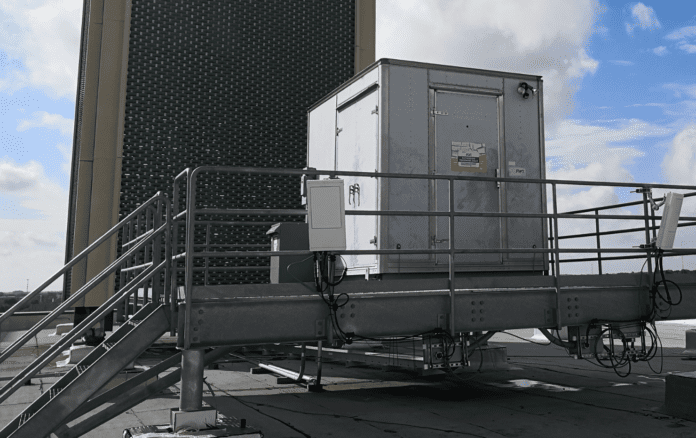AT&T names new 5G cities, focuses foundries on application development
Ahead of Mobile World Congress Americas, which begins tomorrow in Los Angeles, AT&T made a number of big announcements, including an expansion of previously-announced plans to deploy mobile 5G based on the 3GPP 5G New Radio standard.
So which cities are getting AT&T’s flavor of 5G? In 2018, the next-gen service will go live in Atlanta, Charlotte, Dallas, Houston, Indianapolis, Jacksonville, Louisville, New Orleans, Oklahoma City, Raleigh, San Antonio and Waco. That initial flight will be followed in “early 2019” by network activation in parts of Las Vegas, Los Angeles, Nashville, Orlando, San Diego, San Francisco and San Jose.
Chief rival Verizon has year-end ambition to activate a 5G fixed wireless access service for residential broadband in Houston, Indianapolis, Los Angeles and Sacramento. Verizon has said it will offer up a standards-based mobile 5G service next year as compatible smartphones hit the market. Both carriers are tapping millimeter wave spectrum holdings for this first wave of 5G.
AT&T Communications Chief Technology Officer Andrew Fuetsch, speaking at the AT&T Spark event in San Francisco on Monday, said some of the company’s Foundry labs will focus on developing 5G-based applications. The group in Atlanta will focus on smart cities, the group in Plano on enterprise applications and the Palo Alto branch on AR/VR and volumetric video, he said.
“All of these use cases are going to be coming to 5G very quickly.” He also confirmed participation of Ericsson, Nokia and Samsung in supplying infrastructure and services for the ongoing build.
“We’re at the dawn of something new that will define the next decade and generation of connectivity,” Fuetsch said. “Future smart factories and retailers, self-driving cars, untethered virtual and augmented realities, and other yet to be discovered experiences will grow up on tomorrow’s 5G networks.
AT&T also added some clarity to its spectrum approach to deploying 5G. High-capacity millimeter wave spectrum will be deployed in hot spots to address areas “where demand on our network is high and extra capacity and coverage is needed most,” the carrier said in a statement. Mid- and low-band spectrum will be used to extend coverage into “suburban and rural areas.”
In Waco AT&T this past weekend used a Qualcomm smartphone form factor device with the X50 modem, Ericsson’s radio equipment and AT&T’s virtual core and spectrum to test network performance.

